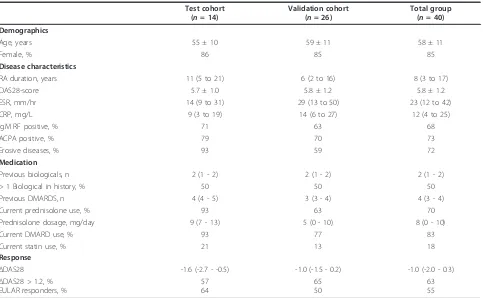The interferon type I signature towards prediction of non response to rituximab in rheumatoid arthritis patients
Full text
Figure




Related documents
This is because the size of the cover image of the case II is smaller than the cover image of case I which means by changing the same number of the pixels of the cover images
To analyse the streaming data at a high data rate, the data is processed using the proposed CEAS framework with auto-scaling cluster on Hadoop and MapReduce is employed to perform
Purposes: The purposes of the study were 1) to evaluate the attitude towards drug therapy among a representative sample of patients treated in a community psychiatric service
EICP may potentially be used to form columns of improved soil via calcium carbonate precipitation. 3.1
Inorder to identify the above stated risk, we used these scores as tools and assessed the severity at the time of admission (mRS, GCS), the risk (ICH risk score), the bleeding
25 A study by Belo Corp., which in 2000 owned eighteen full- service television stations, found that the amount of time devoted by the four major broadcast network affiliates
In turn, telemedicine-based care (defined here as telecare) concentrates directly on users (patients), bringing remote health and social care to support the user in